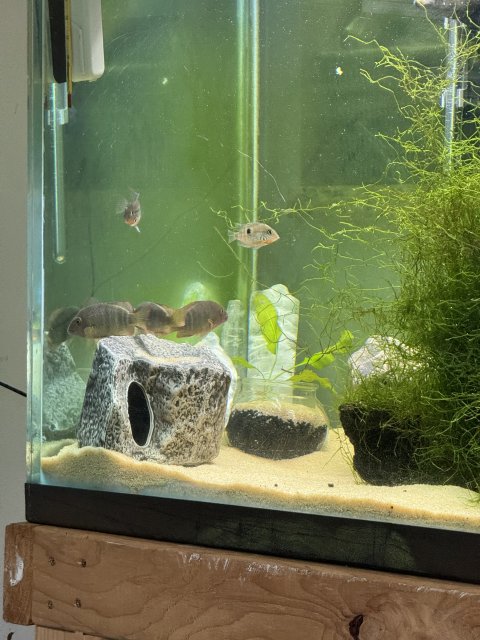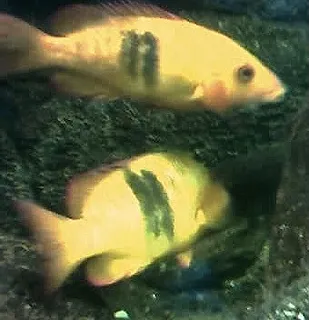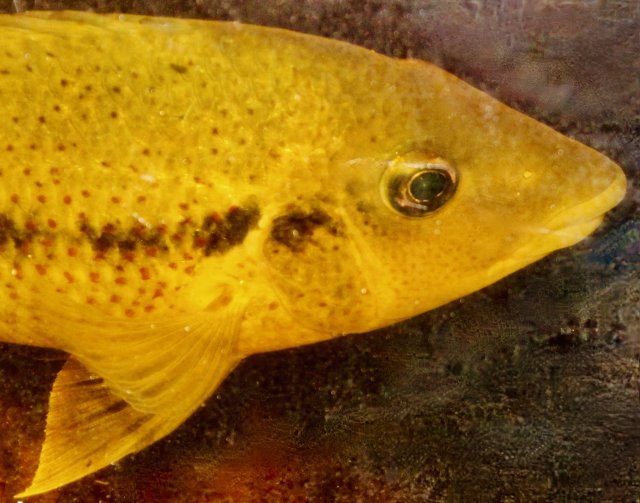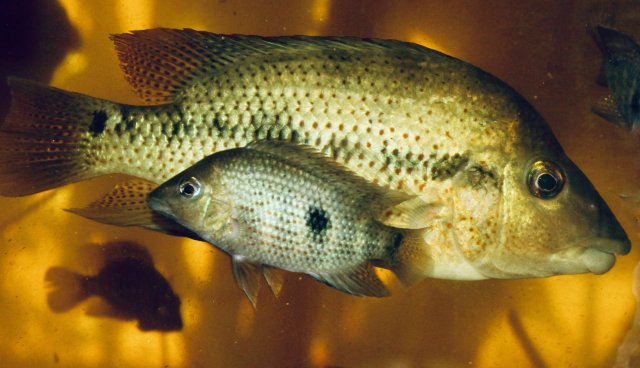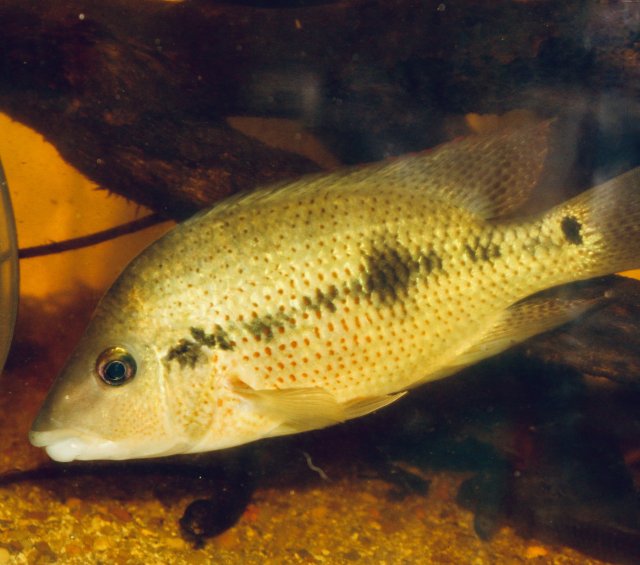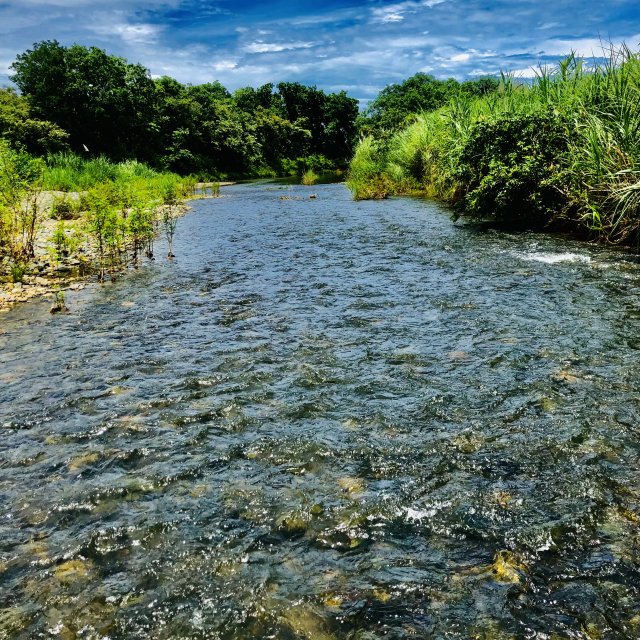I just recently purchased a group of 6 juvenile paretroplus nourissati from my lfs. They were sold as pairs, so I believe I have 3 males and 3 females between 3 and 4 inches long. They are in a 125 gallon tank with a sand substrate, some driftwood, and a large clump of java moss. I use an aquaclear110 filter with a bag of crushed coral. In the tank currently I have a large paratilapia polleni, a school of 15 Madagascar rainbows, and 3 firemouths I acquired from my brother. (I plan on removing them eventually because I want to keep this tank as a strict Madagascar biotope) I had a large Madagascar rainbow a few years old I had to remove because he started attacking the lamena after a few days. My goal is to get a pair to form. I have read these tend to get pretty aggressive when they reach sexual maturity. I’m not sure the age of these fish but when can I expect to start seeing breeding activity? I tried to provide a lot of cover for the fish to hide and have a circulation pump that pushes 1370gph to provide exercise. I’ve been feeding blood worms as this is the only thing they seem to like. I’ve tried pellets and they eat them but not as easily or excitedly. I’ve been thinking about trying live foods, any advice on this would be greatly appreciated. I’ve had them about a week now and they seem to have settled in nice. They all stay together in a close group most of the time chasing each other around. I’ve noticed some fin nipping between the lamena. Is this normal behavior or is a cause for concern? They seem to have taken a liking to the cichlid stones. There are 4 large size stones in the tank now. (I have 3 giant stones on the way!) Any advice from anyone with experience keeping/breeding this fish would be greatly appreciated. As well as any advice on my tank setup.
